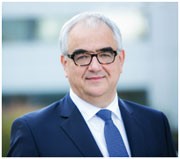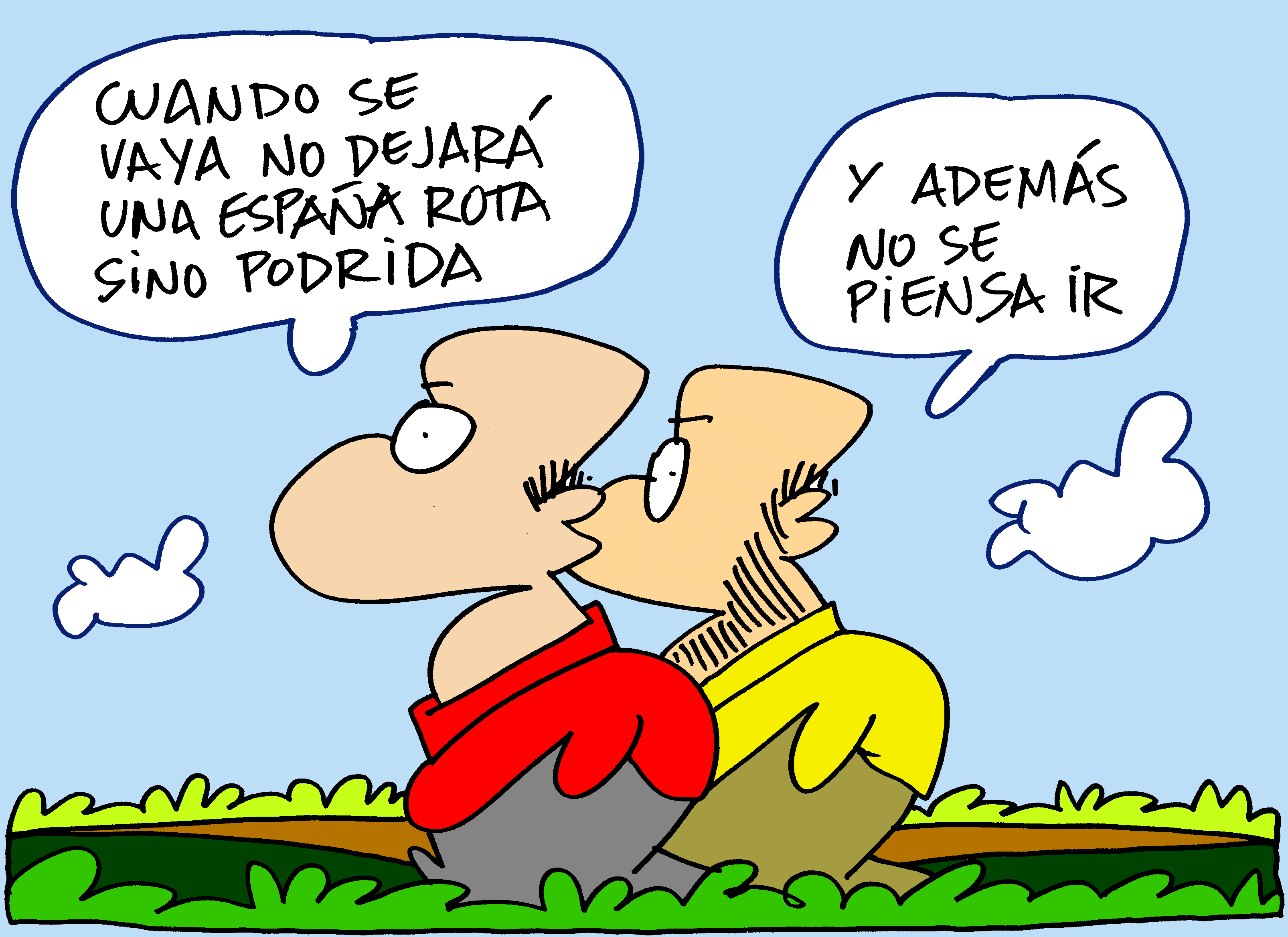
- Select a language for the TTS:
- UK English Female
- UK English Male
- US English Female
- US English Male
- Australian Female
- Australian Male
- Language selected: (auto detect) - EN
Play all audios:
Paul Stoffels, a biopharma veteran who first joined Johnson & Johnson (J&J) in 2002 when it acquired Tibotec, stepped into his latest role within the company as Chief Scientific
Officer (CSO) last year. Building on his broad experience leading the pharmaceutical research and development (R&D) pipeline across all therapeutic areas — and in particular HIV,
infectious diseases, central nervous system (CNS) and internal medicine R&D — he is now charged with setting the innovation agenda for J&J's sprawling health-care empire.
Partnering and a keen R&D focus lie at the heart of his mission, he told ASHER MULLARD. You have full access to this article via your institution. Download PDF _HOW HAS YOUR ROLE CHANGED
SINCE BECOMING CSO FOR J&J IN OCTOBER?_ Credit: Johnson & Johnson Services, Inc. I continue to have an important responsibility for the pharmaceutical group and I'm lucky to
have a very good leader, Bill Hait, who takes responsibility of R&D. And I continue to drive the sourcing of innovation: how do we get new products, how do we keep an open mind and how
do we get the most out of open innovation? But I now also have oversight of the innovation agenda across medical devices, diagnostics and the consumer sectors. I am looking at platforms that
we can combine, such as biologics and devices, and drugs and devices, that will provide a lot of opportunities for us. We recently got a fibrin patch approved that provides an effective way
to treat acute bleeding, but that had to be approved via the normal biologics license application route. Those types of developments would never happen if you don't work across
different parts of a company. It is the same with diagnostics. We have a lot of diagnostic developments now where there are significant cross-sector collaborations between the pharma and the
diagnostic teams. More than 100 people today from our diagnostic groups are working on pharmaceutical development. _J&J ALSO LAUNCHED FOUR 'INNOVATION CENTRES' TO STREAMLINE
ITS APPROACH TO PARTNERING. HOW IS THIS GOING?_ It's going very well. It was a big change for the company. Before launching these centres we would organize the deals we would do based
on whether they were academic collaborations, venture capital collaborations, business development deals or otherwise. Now, we are going to several regions in the world — California, Boston,
London and China — to focus first and foremost on the science and then we are being very flexible in how we collaborate. We want to bring all our capabilities, including capital, resourcing
and expertise, and think about what each project needs. Every deal needs a different approach and we need to be very flexible in the way we are organized. _DO YOU EXPECT THIS RESTRUCTURING
TO INFLUENCE THE NUMBER OF DEALS YOU DO?_ You can't put metrics on deal making, because then you focus on how many deals you want to make. If you want 50 deals a year, you get 50 deals
a year. Of course we are going to increase the number of deals, but it is all about how many valuable products we can bring to the organization. But another aim of the innovation centres is
to change the mindset internally on collaboration. We want our teams to focus not just on their science but more broadly on how we can improve our odds of success. Being out in regional hubs
early increases our probability of success. If we know the products and the people better, we can make better decisions and we can get to the truth-telling experiments faster. If you
don't stop a project, it will never stop. Having the most efficient way to get to those truth-telling experiments is important. In Phase II, when a project has a shortcoming I always
ask whether we could have known this earlier. I am quite often told that we knew the pharmacokinetics was 'a little this' and safety was 'a little that', but that we did
the study anyway, and it failed late, so we lost US$20 million. People by now have understood that it is not about being busy, it is about being successful. We have to create a culture in
which we know how to fail earlier. _HOW IS YOUR STRATEGY OF FOCUSING YOUR ONCOLOGY R&D ON THE TUMOUR MICROENVIRONMENT WORKING OUT?_ Focusing on the tumour microenvironment was a way for
us to specialize and therefore get better and be more successful. It helps us to select and develop drugs. Abiraterone for metastatic castration-resistant prostate cancer, although not
discovered internally, was a drug that came out of the approach. If you know an area very well, you can make more competitive bids to get the drugs you want. We can make high-risk decisions,
and because we know what we know we have a high probability of success. But focusing on one thing doesn't mean we don't do other things as well. We are also focusing on disease
areas, including haematological cancers, which is why we collaborated with Pharmacyclics on ibrutinib, and with Genmab for daratumumab. _HOW HAS THE RECENT FAILURE OF BAPINEUZUMAB IMPACTED
YOUR CNS PLANS?_ It has encouraged us to go on. We had a positive biomarker effect, which shows that we can have some effect on the amyloid-β disease pathway. But the trial was run in
patients with very advanced disease; we may have treated our patients too late. Our scientists are now trying to figure out whether we would have been more successful if we had tested the
same hypothesis earlier. RIGHTS AND PERMISSIONS Reprints and permissions ABOUT THIS ARTICLE CITE THIS ARTICLE Paul Stoffels. _Nat Rev Drug Discov_ 12, 258 (2013).
https://doi.org/10.1038/nrd3996 Download citation * Published: 28 March 2013 * Issue Date: April 2013 * DOI: https://doi.org/10.1038/nrd3996 SHARE THIS ARTICLE Anyone you share the following
link with will be able to read this content: Get shareable link Sorry, a shareable link is not currently available for this article. Copy to clipboard Provided by the Springer Nature
SharedIt content-sharing initiative








